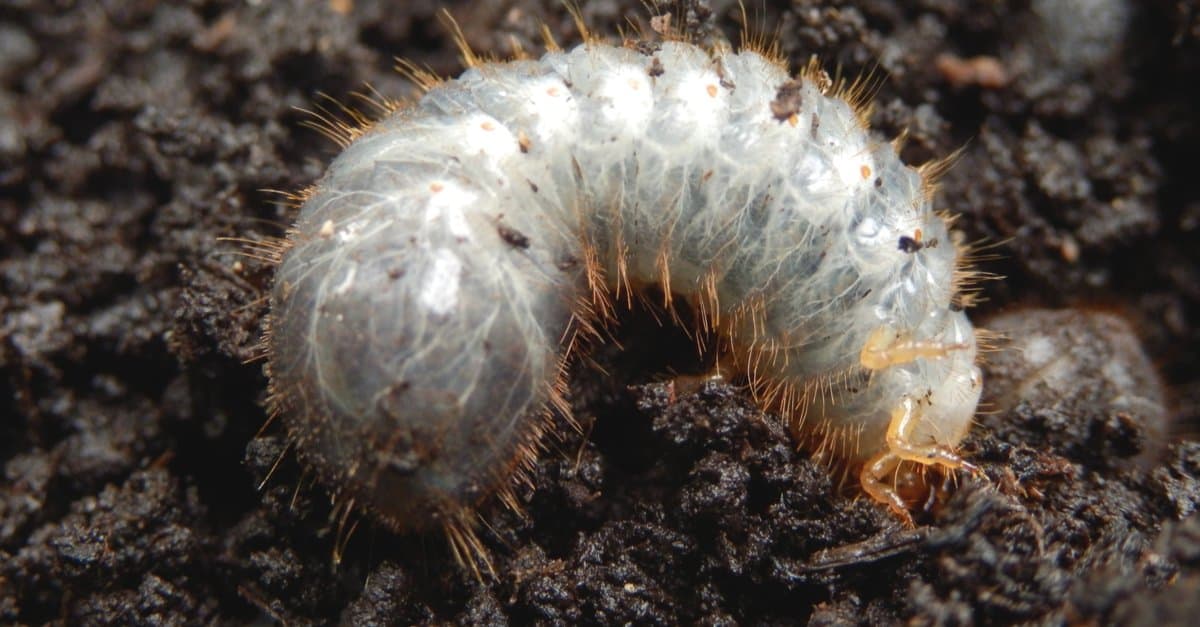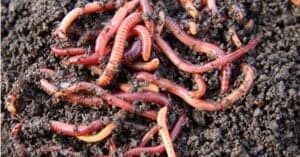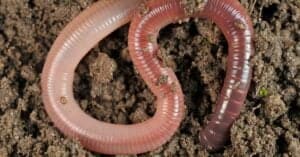They hatch right in your soil and get cozy, finding that they have all the sustenance they need all around them: your beautiful green lawn. You might not notice them at first unless you know how to look for them. But they’re tricky because the way they damage your lawn makes it look like a fungal infection or even heat stress. But unless you do something about their presence, they’re going to continue feasting, leaving your lawn looking less than healthy. Study the lawn grub identification guide below and learn how to spot these pesky worms! Plus, learn how to treat and prevent lawn grubs!
Lawn Grub Identification Guide
They range in size from 0.5 inches to two inches long (once they’ve matured). Lawn grubs have light-colored bodies that are either grayish or white. They have brown heads and are the larvae version of scarab beetles. They are also frequently called “white grubs.” These little critters live in your soil, and you likely won’t notice them until they’ve done some damage to your lawn. They snack at the grassroots and eventually, this appears as brown patchy areas on your otherwise green lawn.

Lawn grubs hatch on your lawn and hang out in your soil, eating the roots of your grass.
©Aleksandr_Kravtsov/ via Getty Images
It’s not always easy to identify lawn grubs as your issue. The resulting appearance of your lawn after lawn grubs have been snacking looks much like other common lawn issues. It could look like heat stress, for instance. You may also initially think you’re battling a fungal infection. To determine whether or not you’re actually battling lawn grubs, you can try testing your lawn. Once you know what you’re working with, you can work toward treating the issue.
Conduct One of Two Tests
1. Try a Pull Test
This pull test is rather easy. Just head on over to your lawn near the patchy areas and reach out to pull on a bit of grass. If it comes out with ease, you’re dealing with lawn grubs. If the grass is still well-rooted into your soil, you likely have another type of lawn issue to deal with.
2. Try a Shovel Test
To test a larger patch of grass, head over to your shed and bring out your shovel. Approach a patchy area where you suspect some lawn grubs have been feasting and start to dig. Get your shovel at least six inches into your soil and pull out a patch to get a closer look. Are the roots damaged? You may even see some active grubs! Once you spot them, you know what to do next.
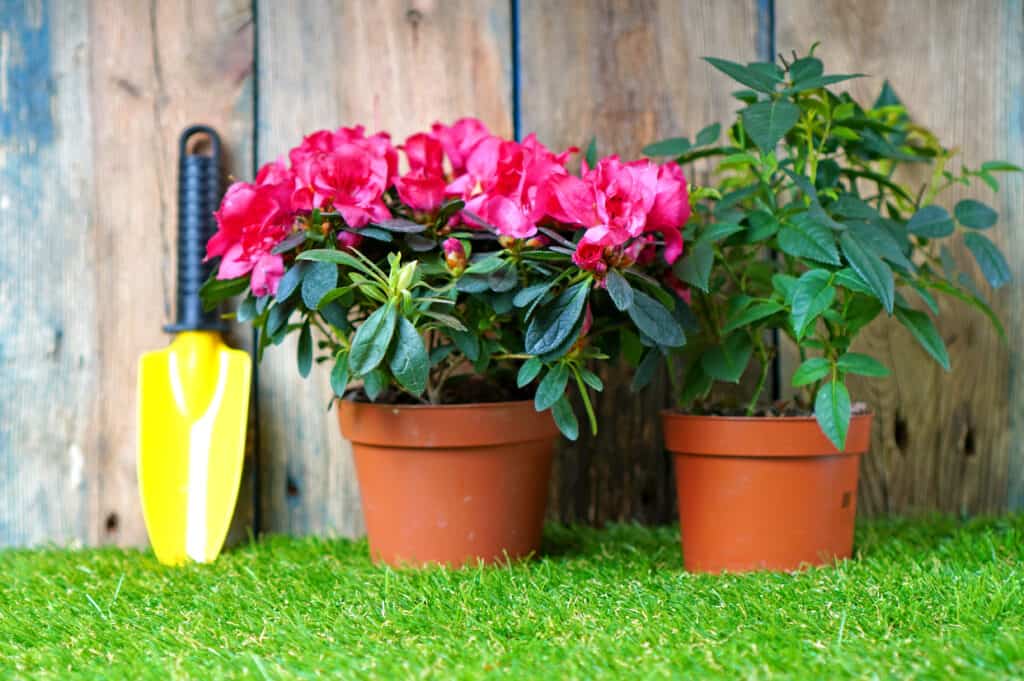
Conduct a shovel test to ensure your lawn isn’t infested with these pesky worms!
©Varavin88/Shutterstock.com
Treat Lawn Grubs
Once you know lawn grubs are the culprit, you can move forward with treatment. Exactly how you move forward depends on how severe your lawn grub infestation is. Lawn grubs have a one-year life cycle. Beetles leave their eggs out on your lawn in the early part of the summer season. These eggs become the larvae that feed on your grass. Left to their own devices, they settle right into your soil, happy with the full buffet spread they’ve hatched into.
The later you discover them, the more severe your infestation. Testing multiple times can help you stay on top of an infestation. If you notice that there are only five or fewer lawn grubs during your shovel test, treatment isn’t necessary. However, if there are ten or more lawn grubs per square foot, it’s the peak time of the infestation and time to treat it. Use a spreader to apply a chemical treatment and immediately after, irrigate your lawn to activate the product.
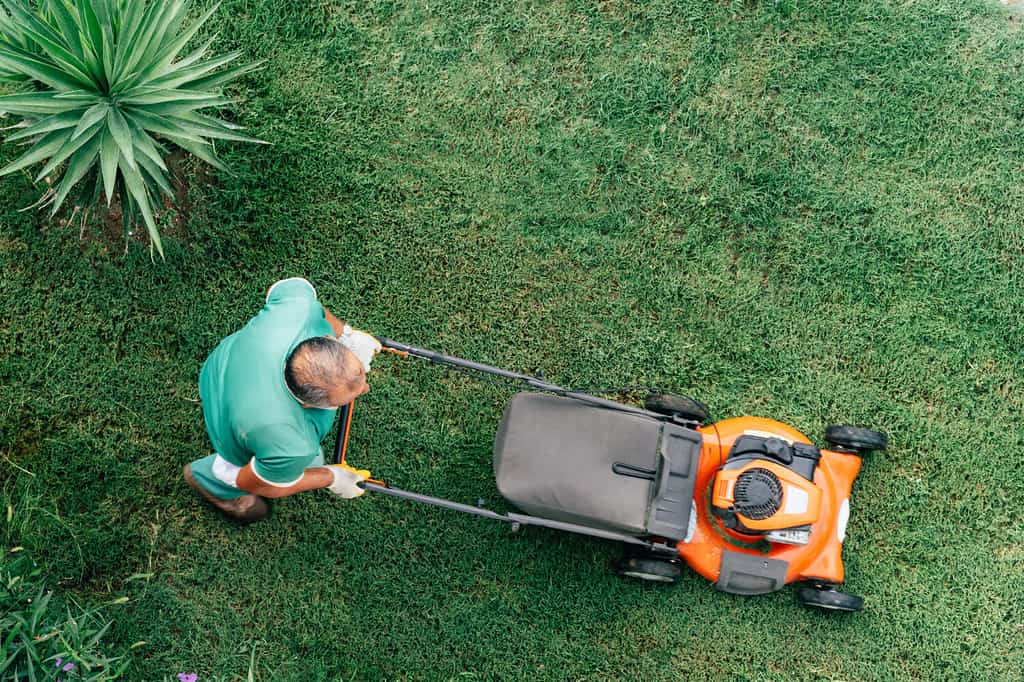
Regular maintenance and treatment keeps your lawn looking spiffy!
©Kryuchka Yaroslav/Shutterstock.com
Prevent Lawn Grubs
After the initial application, prevent another lawn grub infestation by applying a chemical treatment the following year during the summer season (mid-May through August). Follow through with the process as before, letting the product activate and soak into your lawn. Aside from this, keep your lawn well-maintained throughout the year, ensuring a balanced pH for your soil and regular watering.
Lawn grubs are rather small and can go unnoticed easily — until the damage is done. But with preventive measures and a quick response to an active infestation, you can prevent them from further damaging your lawn. You know how to identify whether you’re dealing with lawn grubs or something else and with this information, you can ensure your lawn remains healthy year-round. So long as you understand their life cycle and act at the appropriate time, you won’t have to worry about any more unsightly brown patches on your lawn!
Thank you for reading! Have some feedback for us? Contact the AZ Animals editorial team.

